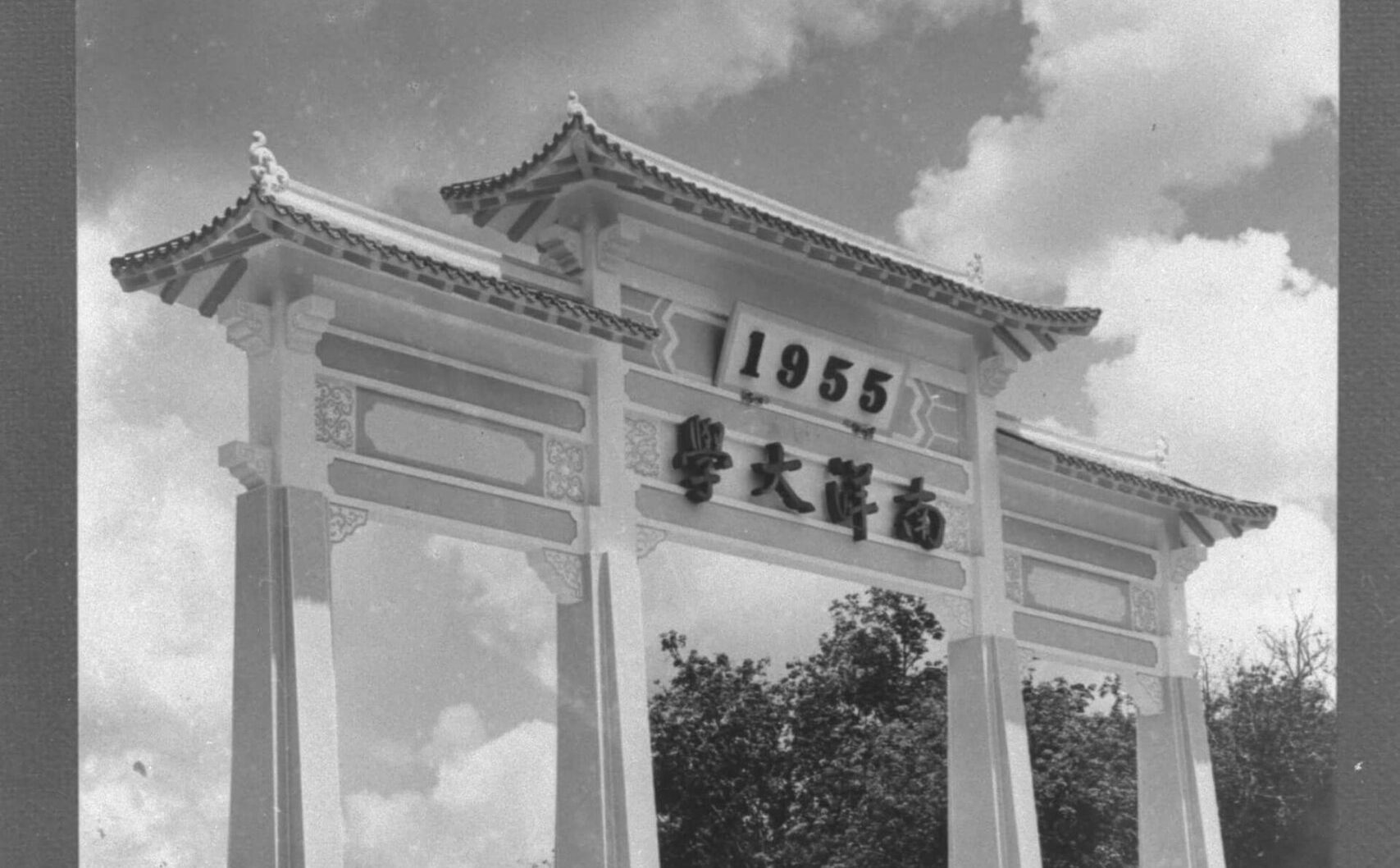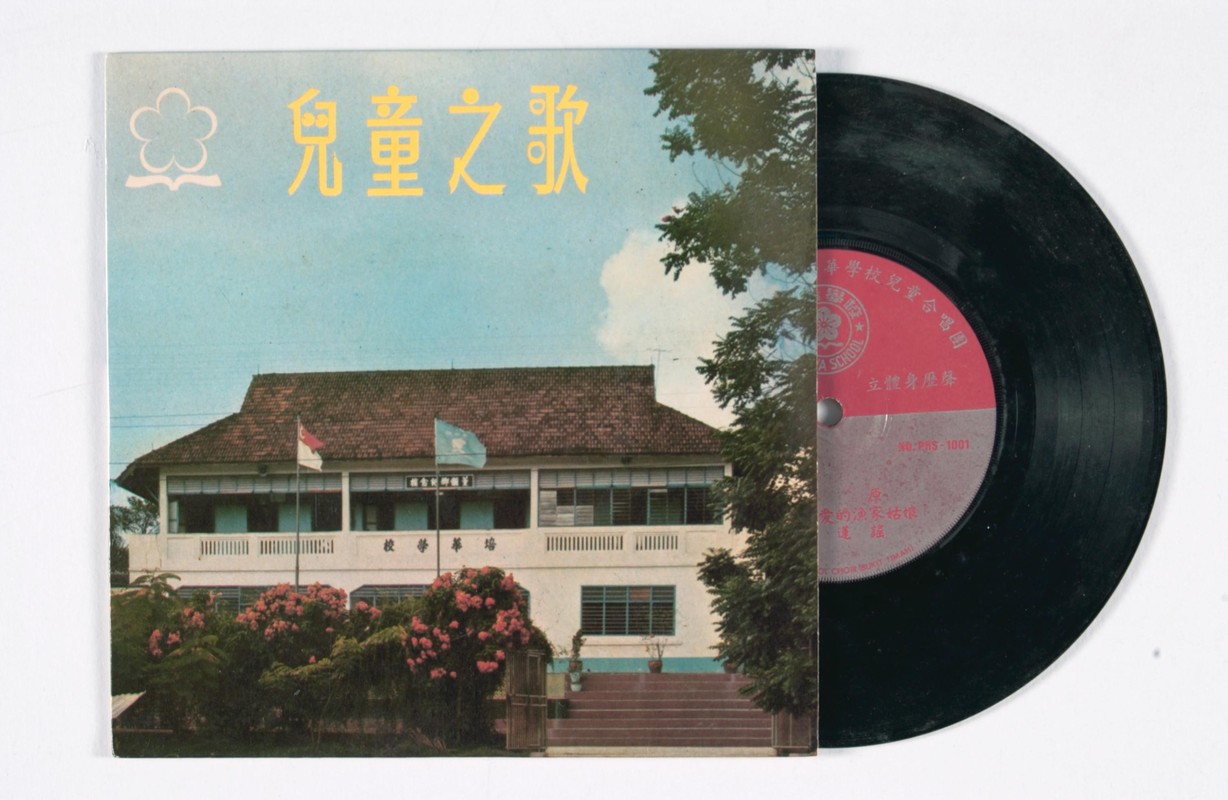战前民国教科书与东南亚华人(1912-1941)
19世纪,新加坡华族主要通过私塾、义学和学堂传授中国的象形文字、四书五经、珠算常识和人伦道德等内容,以培养学童的语文、沟通、做人和经商等能力,并传承华族传统文化。
进入20世纪,中国政局剧变。民国建立以后,新政府致力于兴办教育,启蒙群众,从西方引进现代教育制度,鼓励知识分子编纂各科新式教科书。于是,商务印书馆、中华书局、世界书局及开明书局等纷纷投入资源,源源不绝推出五花八门的各科新式教科书,供国内的中小学和海外的侨校采用。这些教科书包括国文、修身、历史、地理、常识、公民、卫生、算术、物理、化学及生物等科目。1
新加坡及马来西亚七大主要图书馆收藏了一些第二次世界大战前华校采用过的教科书,这些教科书乃遵照中国教育部在不同时期颁布的课程纲要和教育宗旨编写,因而冠以不同系列的名目,如《共和国教科书》《新制中华教科书》《新编中华教科书》《新课程标准适用课本》《复兴教科书》等系列。2这些不同名目教科书的取材和教学宗旨,紧扣着中国不同时期的社会状况,深具时代烙印和意义。
民国教科书出版的繁盛期
从1912年至1928年的10多年间,是民国教科书出版的繁盛期。数以百万计中国社会精英与专才,投身于教科书的编纂工作,他们在商务和中华等出版社的旗帜下,通过翻译或编纂各类现代学科教科书,将现代知识(如科学)、新思想(如自由、民主、人权)、人生观和世界观,通过教科书,传播至中国各地和海外侨校生员,影响至深。1919年席卷中国和东南亚的五四新文化运动,即是受到这些启蒙教科书的直接影响所致。
白话文与儿童文学
五四新文化运动的一个显著影响,是白话文的采用与儿童文学被采编入民国教科书。1920年代至1930年代,教科书的一个特点就是小学华文课本多以浅易的儿童文学为规范。例如1930年代教科书《小学国语读本》里许多课文,都采用琅琅上口的儿歌、寓言、笑话、故事等体裁编写,易读易记,妙趣横生,深深刻印在学子的脑海里。例如这篇充满诗心和童心的《满天星》:
满天星,亮晶晶,好像青石板上钉铜丁,一颗一颗数不清;
满天星,亮晶晶,好像许多仙人眨眼睛,一闪一闪到天明。3
1928年至1949年间,中国国民党政府应对国共内战、外国帝国主义威胁、全面抗日等事件,党化教科书如《三民主义》《公民》《常识》等因而兴起。中学语文、历史、地理教科书里也大量采用反战、反帝、反日和宣扬民族主义的文章。这些文章,很多因为抵触了新加坡殖民政府的利益,而被严查禁用。4


总的来说,新加坡早期华校的课本几乎全部由中国进口,富有浓厚的国族色彩。这些教科书的特色在于文字浅易押韵、有很高的文学价值。此外,内容丰富,具有传承中华文化的使命。民国教科书由最早的启蒙功能到后期作为民族主义和三民主义的宣传工具,无不影响了战前一代东南亚华人。二战前新马华人的人生观、世界观、价值观等深受他们所读的教科书影响,他们被教育为爱国(中国)、爱民族(中华民族)、人格正直的热血青年,具有浓烈的反殖民、反帝国主义思想的一群。
到了1930年代初,一些由中国进口的华文课本,已经出现专供南洋侨校采用的“南洋适用教科书”,成为教科书本土化的前奏。
| 1 | 崔贵强,〈从“中国化”走向“马来亚化”——新加坡华文教科书的嬗变(1946-1965)〉,页68。 |
| 2 | 新马七大主要图书馆指的是:新加坡国家图书馆、新加坡国立大学中文图书馆、华裔馆王赓武图书馆、新加坡教育部历史中心、吉隆坡马来西亚华族研究中心集贤图书馆、加影新纪元大学学院图书馆、士古来南方大学学院图书馆。 |
| 3 | 吴研因编,《国语新读本》第3册第7课(新加坡,世界书局,1933)。 |
| 4 | 从1928年至1940年间,共有约800多种教科书,因其课文涉及三民主义、爱国主义、反对殖民主义、反英和反日等内容,被殖民地政府禁止在华校采用。 |
崔贵强,〈从“中国化”走向“马来亚化”——新加坡华文教科书的嬗变(1946-1965)〉。收入叶钟铃、黄佟葆编《新马印华校教科书发展回顾》,页67-89。新加坡:华裔馆,2005。 | |
李金生,〈新加坡华文教科书导论:社会寄望于教育,教育寄望于教科书〉。收入郭颖轩编《开卷有益,润物无声III:东南亚早期华文课本(世界书局版)图示目录》,页9-22。新加坡:周星衢基金,2020。 | |
立尔,〈昔日华文课本里的儿歌〉。《联合早报》,2017年12月28日。 |










